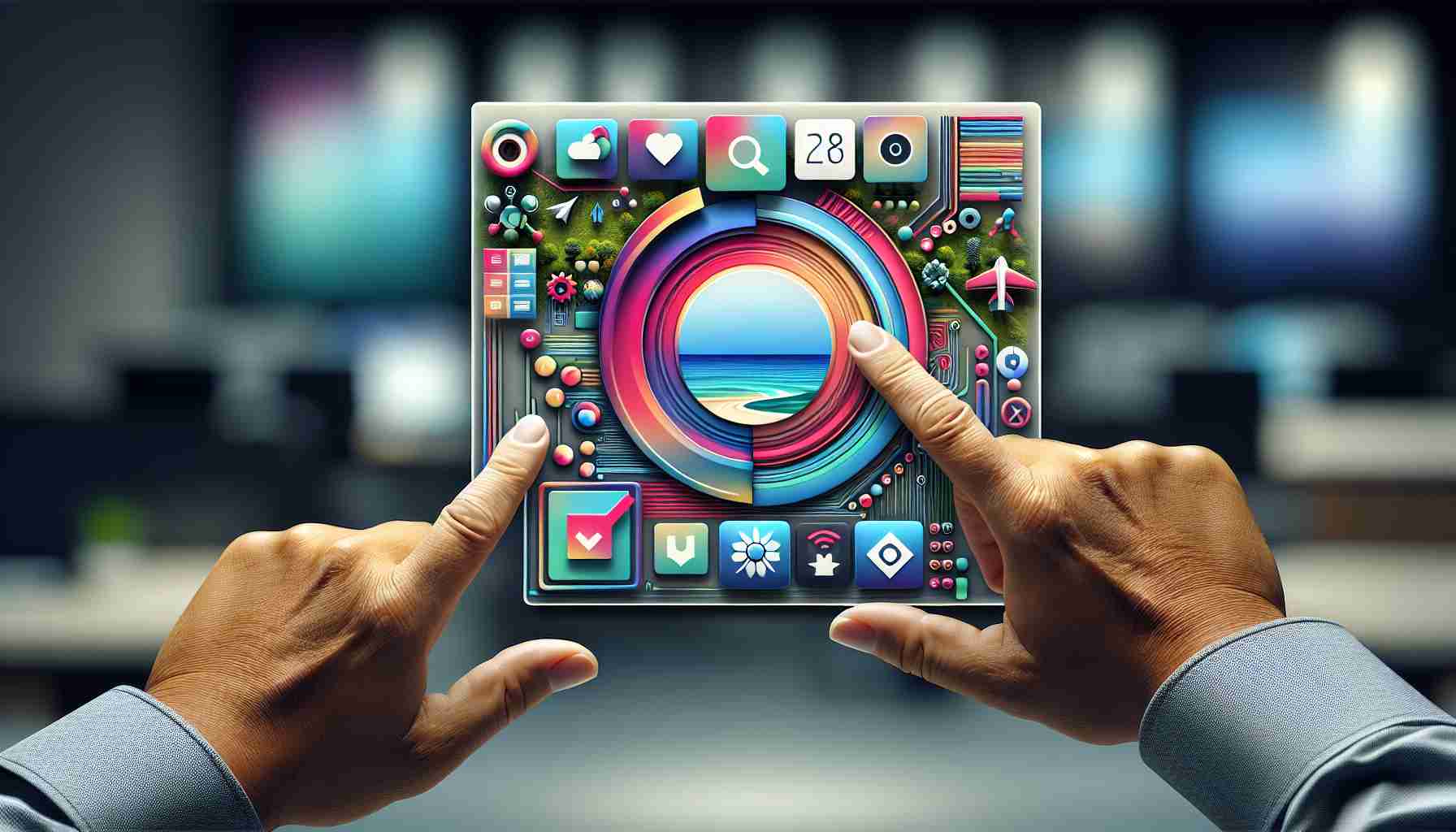Microsoft has introduced a groundbreaking transformation to the iconic Start menu of Windows 11, now accessible to testers in the Insider program’s Beta channel. The revamp includes a new secondary panel alongside the familiar Start menu, positioned on the right side. This panel, equal in height but narrower, displays the connection status with users’ mobile devices, remaining battery life, quick shortcuts for calls, messages, photos, and recent contacts. It also provides a convenient way to view incoming notifications and seamlessly continue smartphone activities.
This innovative update marks a significant departure from the traditional Start menu layout, aiming to enhance user experience by integrating essential mobile features directly into the Windows interface, such as Phone Link. While Phone Link has been available for some time, its performance and capabilities within Windows vary depending on the operating system. Notably, iPhone users may encounter more restrictions compared to Android users due to Apple’s conservative approach to integration.
The rollout of the new menu is gradual within the Beta channel, requiring Windows 11 build number 22635.3790 or higher and Phone Link app version 1.24052.124.0 or newer. Users can manage the various options of this revamped experience by navigating to Settings > Personalization > Start. With these changes, Windows 11 continues to evolve, offering users an innovative and seamless computing experience.
Revolutionary Changes to Windows 11 Start Menu Unveiled: Exploring Further Innovations
As Microsoft pushes the boundaries of user interface design with its latest update to the Start menu in Windows 11, there are additional fascinating aspects that are worth delving into. Let’s explore some key questions, challenges, advantages, and disadvantages associated with this revolutionary transformation.
Key Questions:
1. What additional features are included in the revamped Start menu beyond those already mentioned?
2. How are users responding to the integration of mobile features into the Windows interface?
3. Will this update impact how users interact with their devices on a day-to-day basis?
Additional Features:
In addition to the primary enhancements detailed in the previous article, the new Start menu in Windows 11 also offers personalized widgets for news, weather updates, and calendar events directly on the desktop. This dynamic element aims to provide users with real-time information at a glance, further enriching their computing experience.
Challenges and Controversies:
One of the key challenges arising from this update is the potential privacy concerns surrounding the seamless integration of mobile notifications and activities within the Windows environment. Users may question the extent to which their data is being shared and accessed across different platforms, raising important privacy considerations.
Advantages:
The seamless integration of mobile features through the Start menu overhaul can streamline productivity for users who rely heavily on their smartphones for communication and task management. The ability to access essential mobile functions within the Windows interface offers convenience and efficiency in multitasking.
Disadvantages:
On the flip side, the increased dependence on digital connectivity through the Start menu may lead to distractions and interruptions for users who prefer a more focused computing environment. Balancing the benefits of enhanced connectivity with the potential drawbacks of information overload is a key consideration for individuals navigating this new interface.
As Windows 11 continues to evolve with these groundbreaking changes, users are presented with a unique blend of possibilities and challenges in their digital interactions. Exploring the intricacies of this updated Start menu reveals a landscape rich with innovation and potential for further growth.
For more insights on Windows 11 and its latest features, visit the official Microsoft website at Microsoft.
